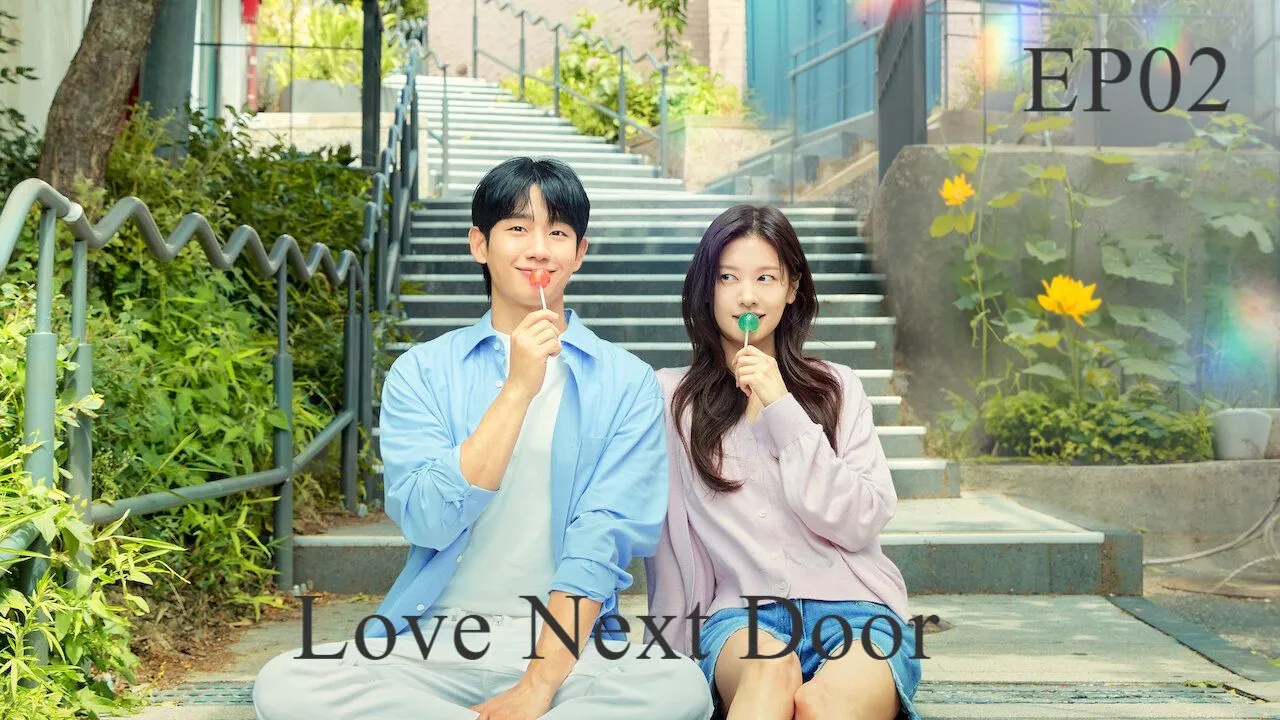In every family secret, there’s a shadow. In every shadow, a truth no one wants to see.
Lake Mungo (2008) stands as one of the most quietly devastating and psychologically haunting horror films of the 21st century—a mockumentary that disguises itself as a ghost story, only to become something deeper, darker, and achingly human. With its restrained aesthetic and raw emotional honesty, Joel Anderson's debut feature transforms grief into dread, and memory into something that lingers long after the screen goes dark.

The film centers on the Palmer family, whose lives spiral into a surreal limbo after the drowning of their 16-year-old daughter, Alice, in the still waters of Lake Mungo. What begins as a simple family tragedy soon becomes a slowly unraveling mystery. Through found footage, home videos, and mock interviews, the family’s sorrow turns to paranoia as they begin to suspect Alice never truly left.
Strange images appear in photographs. Shadows shift in empty rooms. But it isn’t the hauntings that terrify—it’s the possibility that Alice had a secret life none of them ever understood. The deeper they dig, the more they find: hidden tapes, forbidden encounters, a chilling visit to Lake Mungo itself—where a buried phone contains a final, unexplainable truth.

What sets Lake Mungo apart from conventional horror is its ability to make you question what haunts us more: the supernatural, or the people we thought we knew? The fear here is quiet, patient, intimate. It's the fear of absence, of loneliness, of never being able to say goodbye properly. Alice’s ghost is not a monster—it is a mirror. And in it, we see the lies we live with, and the truths we never dared to ask.
Lake Mungo is grief disguised as horror. A whisper of a film that echoes like a scream.
-1751333253-q80.webp)
-1751602136-q80.webp)

